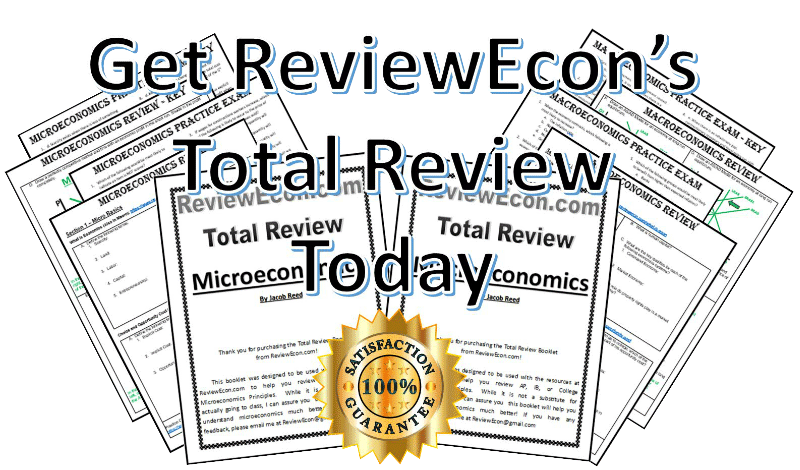Uncategorized
Aggregate Supply, Aggregate Demand and the illusive long-run equilibrium
Money Market
Loanable Funds
18 Microeconomics graphs you should practice a lot!
7 Macroeconomics Graphs you need to know by test day
Follow the link below to get a quick review of all seven graphs.
Micro and Macro Formula Reference Sheets
Production Possibilities Curve
Shifting Markets
Business Cycle
As I got started introducing Macroeconomics to my class I realized a quick activity to identify the different parts of the business cycle could be helpful as an in-class activity or as a quick review for some students. So here it is along with a description of the business cycle and explanation of the macroeconomic goals for the economy.
